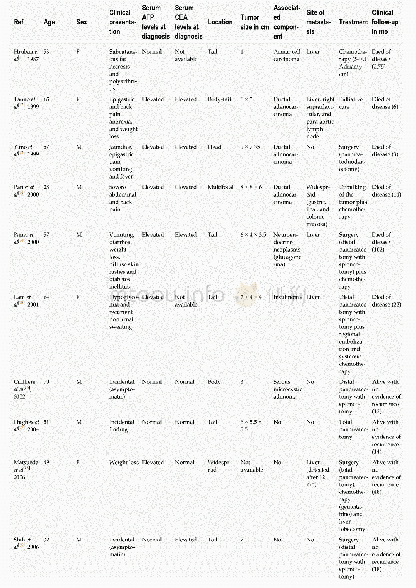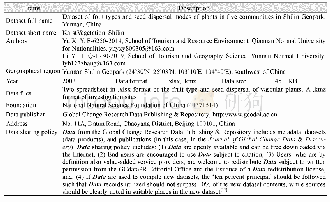《Table 1 Summary of studies reporting reproductive modes of Phenacoccus solenopsis》
 提示:宽带有限、当前游客访问压缩模式
提示:宽带有限、当前游客访问压缩模式
本系列图表出处文件名:随高清版一同展现
《"Invasion biology of the cotton mealybug, Phenacoccus solenopsis Tinsley: Current knowledge and future directions"》
1) Sex ratio is female:male.2) Offspring of unmated females and mated females,respectively.
P.solenopsis has two reproductive modes:bisexual reproduction and facultative parthenogenesis(Table 1).Its parthenogenetic ability has attracted much research interest because facultative parthenogenesis is an inherent feature of mealybugs(Tabata et al.2016).However,to date,parthenogenesis has been found in only a few geographic populations of P.solenopsis(Table 1).Recently,under laboratory conditions,Zhao et al.(2016)showed that a small proportion of females of a population in central Zhejiang,China,reproduced in the absence of males(facultative deuterotoky),but the proportion of such females reached only 15.7%even after successive screening over four generations.It is unclear whether this phenomenon takes place under natural conditions at this location.In contrast,typical parthenogenetic reproduction is probably present in some regions of India.According to Vennila et al.(2010),most of the female offspring of mealybugs collected from Nagpur,India,produced viable nymphs in absence of males.Thus,the parthenogenetic mode appears to exist only within a limited geographic range and has little importance in relation to the invasion of this mealybug.
| 图表编号 | XD0047435100 严禁用于非法目的 |
|---|---|
| 绘制时间 | 2019.04.20 |
| 作者 | TONG Hao-jie、AO Yan、LI Zi-hao、WANG Ying、JIANG Ming-xing |
| 绘制单位 | Institute of Insect Sciences, Zhejiang University、Institute of Insect Sciences, Zhejiang University、Institute of Insect Sciences, Zhejiang University、Institute of Insect Sciences, Zhejiang University、Institute of Insect Sciences, Zhejiang University |
| 更多格式 | 高清、无水印(增值服务) |
查看“Table 1 Summary of studies reporting reproductive modes of Phenacoccus solenopsis”的人还看了
-

- Table 3:Comparison of previous reports and the present study on frequency and distribution of decremental responses in p
-
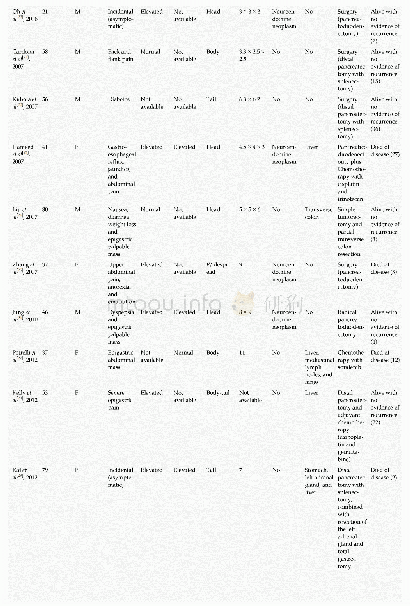
- Table 1 Summary of clinical features of hepatoid carcinomas of the pancreas reported in the English language literature
-
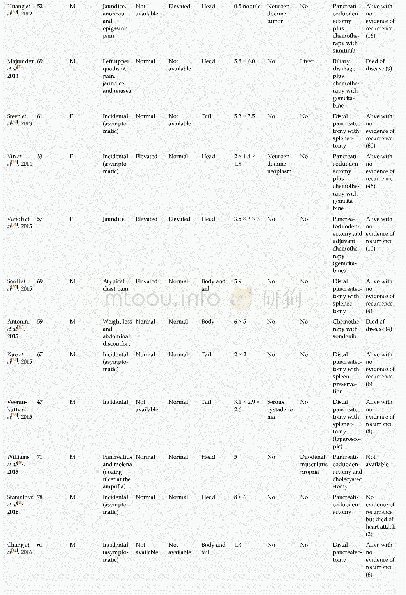
- Table 1 Summary of clinical features of hepatoid carcinomas of the pancreas reported in the English language literature
-
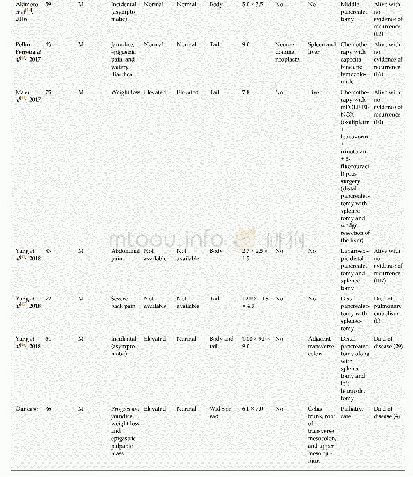
- Table 1 Summary of clinical features of hepatoid carcinomas of the pancreas reported in the English language literature




